Scoville Guajillo: The Mild-Mannered Hero of the Chili World
If you’ve ever tasted a mole sauce and thought, "Mmm, there’s something subtly spicy but not overpowering in here," chances are you were enjoying the magic of the Guajillo chili. But just how hot is it? That’s where the Scoville scale comes into play. In this article, we’ll dive into the world of Scoville units, compare the Guajillo with its spicier siblings, and offer some practical tips on how to use this flavorful pepper like a pro.
Table of Contents
- What Is the Scoville Scale?
- The Guajillo Chili: A Flavor Profile
- How Hot Is Guajillo on the Scoville Scale?
- Guajillo vs Other Chilis: Scoville Showdown
- Practical Tips for Using Guajillo Chilies
- Grow Your Own Guajillo Chilies at Home
- Top 5 Dishes That Love Guajillo Chilies
- Fun Facts About Guajillo Chilies
- Common Myths About Guajillo Heat Levels
What Is the Scoville Scale?
The Scoville scale is like the Richter scale for your taste buds — except instead of measuring earthquakes, it measures the spice level of chilies. Developed by pharmacist Wilbur Scoville in 1912, it originally relied on human testers tasting diluted chili extracts until the heat was no longer detectable. Today, high-performance liquid chromatography (HPLC) is used to measure capsaicin levels more accurately, which are then converted into Scoville Heat Units (SHU).

The Guajillo Chili: A Flavor Profile
Native to Mexico, the Guajillo chili (pronounced gwhy-YOH) is the dried form of the Mirasol chili. It's long, thin, and usually reddish-brown in color. When rehydrated, it becomes pliable and easy to blend into sauces or pastes. Its flavor is often described as fruity, smoky, and slightly sweet — making it perfect for dishes that want a little warmth without the burn.
How Hot Is Guajillo on the Scoville Scale?
Let’s get down to business. The Guajillo chili clocks in at about 2,500–5,000 SHU on the Scoville scale. To put that into perspective:
- It’s hotter than a bell pepper (0 SHU)
- But much milder than a habanero (100,000–350,000 SHU)
- And nowhere near the inferno of a Carolina Reaper (up to 2,200,000 SHU)
| Chili Name | Scoville Heat Units (SHU) | Typical Use |
|---|---|---|
| Guajillo | 2,500–5,000 | Mole sauces, salsas, marinades |
| Jalapeño | 2,500–8,000 | Pickled jalapeños, nachos |
| Cayenne | 30,000–50,000 | Spicy soups, powders |
| Habanero | 100,000–350,000 | Hot sauces, salsas |
Guajillo vs Other Chilis: Scoville Showdown
When compared to other popular chilies, Guajillo holds its own as a versatile middleweight contender. Here's a quick breakdown:
- Ancho: 1,000–2,000 SHU – Sweeter and less spicy
- Pasilla: 1,000–2,500 SHU – Earthy and rich
- Guanilo: Similar to Guajillo but smaller and sometimes a bit spicier
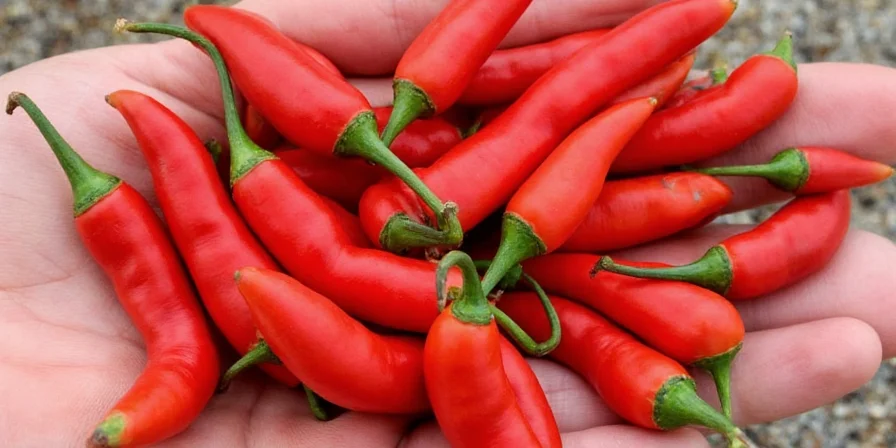
Practical Tips for Using Guajillo Chilies
Here are some tried-and-true ways to make the most out of Guajillo chilies:
- Rehydrate before use – Soak in hot water for 20 minutes to soften
- Use in mole – Guajillo is a traditional base for mole poblano
- Add depth to soups – Blend into broth-based soups or stews
- Make your own chili paste – Combine with garlic, cumin, and oil
- Pair with chocolate – Classic combo in Mexican cuisine
Grow Your Own Guajillo Chilies at Home
Want to take your Guajillo love one step further? Try growing them! Here's what you'll need:
- Start from seeds indoors in early spring
- Transplant outdoors after last frost
- Ensure full sun exposure and well-draining soil
- Harvest when red and fully matured
- Dry them in a sunny window or dehydrator
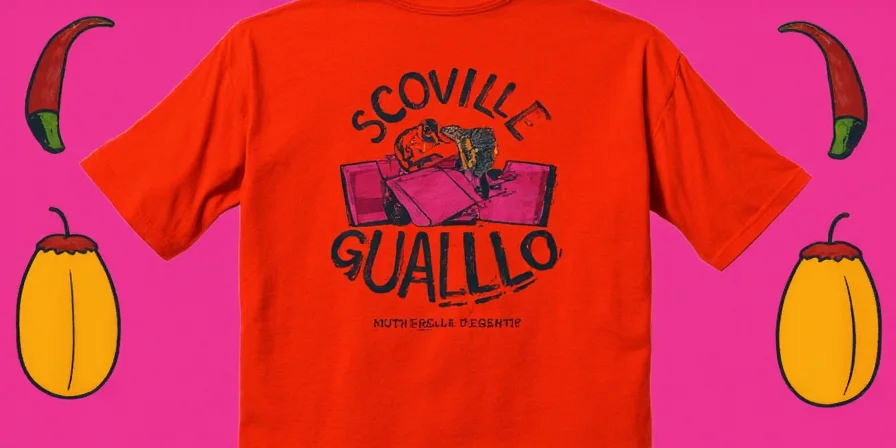
Top 5 Dishes That Love Guajillo Chilies
Ready to get cooking? These five recipes showcase Guajillo’s flavor like no other:
- Mole Poblano – The star of the show
- Adobo Sauce – Smoky, tangy, and slightly spicy
- Chicken Tinga Tacos – Shredded chicken bathed in Guajillo goodness
- Vegetarian Chili – Adds depth without overwhelming heat
- Grilled Corn with Guajillo Butter – Sweet meets smoky
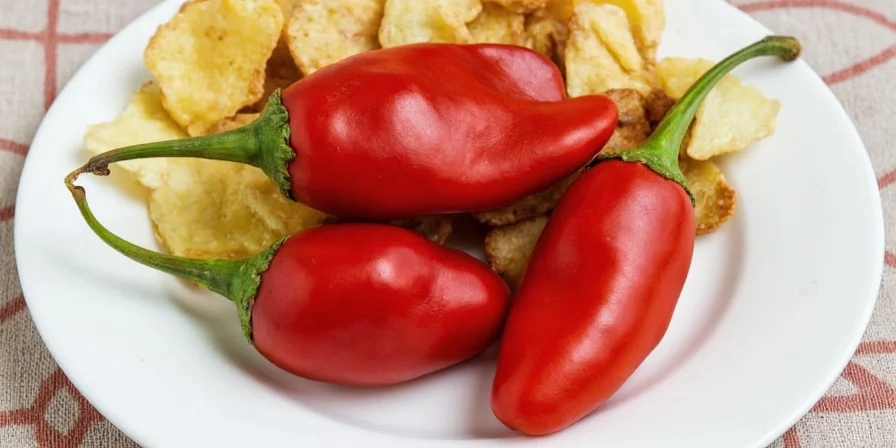
Fun Facts About Guajillo Chilies
Beyond the kitchen, here are some quirky tidbits about Guajillos:
- The name "Guajillo" means "little gourd" due to their shape
- They’re often used in both savory and sweet dishes
- In some regions, they’re known as “chiles cascabel pequeños”
- Used in traditional remedies for congestion and pain relief
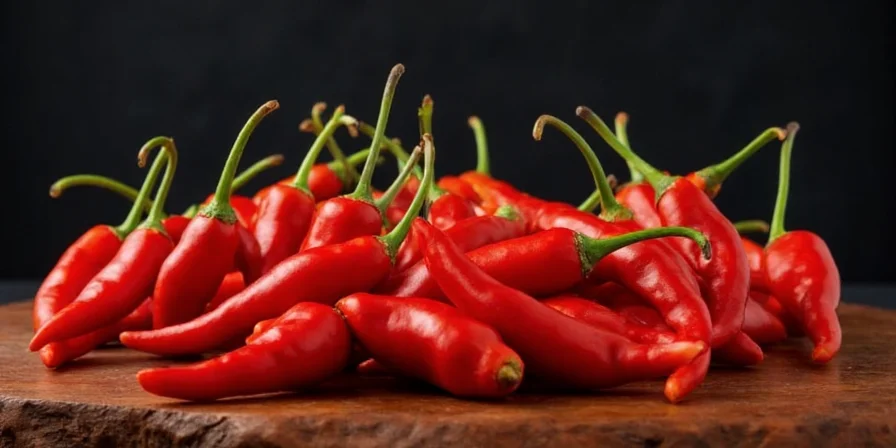
Common Myths About Guajillo Heat Levels
Let’s bust some chili myths:
- Myth #1: Bigger chilies are always spicier
Reality: Size doesn’t correlate directly with heat. Guajillo proves that small can be satisfyingly spicy. - Myth #2: Brown spots mean it’s too old
Reality: Some brown speckles are normal and don’t affect flavor or potency. - Myth #3: Seeds carry all the heat
Reality: While seeds do contain capsaicin, most of the heat lives in the white pith inside the chili.
Conclusion
So there you have it — the lowdown on Guajillo chilies and their place on the Scoville scale. With a moderate heat level of 2,500–5,000 SHU, Guajillo strikes a perfect balance between flavor and spice. Whether you're a home cook experimenting with Mexican cuisine or a seasoned chef looking to add complexity to your dishes, Guajillo is a versatile and delicious choice.
Remember, spice is subjective — what feels mild to one person might be fiery to another. Start slow, experiment boldly, and above all… enjoy every bite!

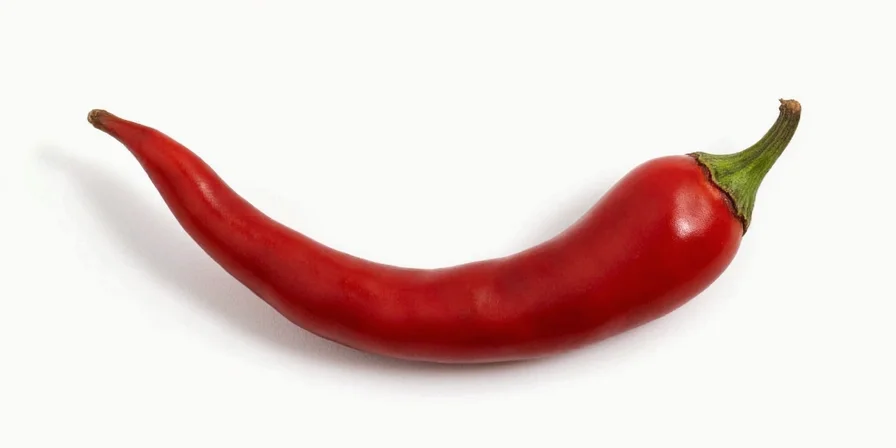









 浙公网安备
33010002000092号
浙公网安备
33010002000092号 浙B2-20120091-4
浙B2-20120091-4